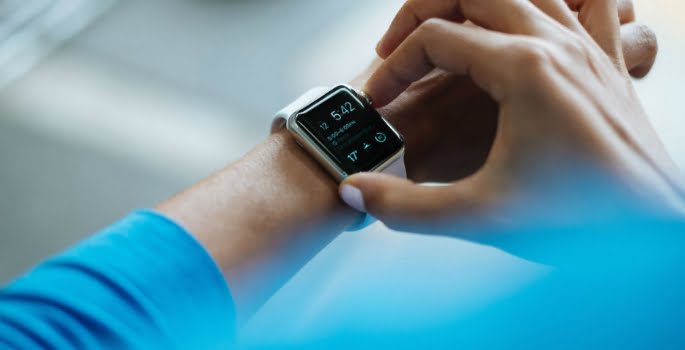

Wearable technology has long been talked about, with consumer facing products such as the Go Pro being launched in the early 2000s and then Fitbits coming out in 2009. What’s clear is the various benefits these offer consumers, for example filming whilst on the move with a Go Pro, or monitoring your daily workout with a FitBit to track improvement. What’s not necessarily instantly clear is how wearables can help in more niche sectors such as education.
At Krome we’ve seen wearable technologies have an impact on the education sector in a number of ways ranging from creating a more engaging learning experience to recording lessons. For example, we’ve implemented camera and lesson capture facilities in colleges and schools where the teacher is operating in a potentially hazardous environment (from lathes in engineering classes to cooking in home economics). The use of wearable technology in these instances allows the teachers or lecturers to wear a camera and present what they’re doing on a large format rather than requiring the students to crowd around the potential hazards. It’s far safer for students to observe science experiments this way without the risk of putting their health in danger. We’ve also seen the same equipment used by students to record practical applications of their training and present this as part of their coursework as proof of completing tasks.
In some schools and colleges that we’ve worked with recently, we’ve seen the use of a number of activity trackers, like Fitbit or Jawbone, where the devices are used for practical application. Everything from the sports to the science department, allowing for data to be tracked in real (or near real) time.
In some schools and colleges that we’ve worked with recently, we’ve seen the use of a number of activity trackers, like Fitbit or Jawbone, where the devices are used for practical application. Everything from the sports to the science department, allowing for data to be tracked in real (or near real) time
We’re also seeing the reduction in cost of Virtual Reality (VR) devices such as the Samsung Gear VR or Google’s Cardboard (and in the future Microsoft’s HoloLens) meaning that schools can invest in these devices for classroom demonstrations, providing students with a fully immersive experience when using them. This technique helps teachers create a more impactful learning environment for students, where they are more inspired to engage with the content being presented given the modern medium.
In addition to using VR devices for demonstrations and in lessons, they can also help take children out of the classroom without ever leaving the building. For those schools that might be on a limited budget, relatively inexpensive devices such as Google Cardboard allow them to take children on a virtual journey around different countries and environments that they may not otherwise have had access to. Whether it’s diving off the Great Barrier Reef or flying over the Grand Canyon in a helicopter, children can have their eyes opened to different regions and cultures in a way that complements their digital native outlooks on life.
Whilst the practical application of these devices is currently limited, we expect the number of applications to mushroom given recent price point developments making them a more practical option for schools. What’s critical is that schools need to deploy what the staff and the students need to ensure their learning experience is as efficient as possible and manage it well without spending on technology fads. There is a vast amount of special purchasing arrangements for schools available with vendors such as Microsoft which should be used to maximise the type and volume of technology schools purchase where possible. Instead of spending a large amount of their budget on the latest technology trends, schools need to keep in mind which technology will be the most practical for their students’ learning process.
It’s interesting from our perspective to see how schools around the world are using wearables, for example in New Zealand where schools are adopting GPS movement and tracking technology to help teach children a number of different subjects including Maths and English using their personal data.
We’re excited to see what’s next and we’ll be keeping an eye out for new and interesting ways to use wearable technology in the classroom – stay tuned.
[Source:- EDtechnology]



